Annulospiral And Flower Spray Endings
Annulospiral and flower spray endings. Their axons are more slender than those of annulospiral endings and they are at more peripheral locations or are confined to nuclear fibers. Primary endings annulospiral e s. The annulospiral nerve end organ the The annulospiral nerve end organ the primary sensory end organ spirals around the equatorial regions of each of the intrafusal.
The afferent neurons originating in the muscle spindles have their cell bodies in the trigeminal mesencephalic nucles. Annulospiral primary endings surround the equator of intrafusal fibres and come from thickly myelinated type Ia nerves. Translation wide ribbonlike sensory nerve endings wrapped around the center of intrafusal fibers of a muscle spindle.
Annulospiral endings A sensory nerve ending at the distal end of an intrafusal muscle fiber which is stimulated when the muscle fiber contracts and pulls on the nerve ending. Flower-spray endings branched sensory nerve endings on intrafusal fibers of muscle spindles. The annulospiral endings Ia afferents provide information about the length and velocity of muscle contraction whereas the flower spray endings group II afferents only provide information on muscle length but these sensory fibers respond even when the muscle is at rest.
Related to flower spray ending. A bulbous corpuscles B tendon organ C muscle spindle D free nerve endings E lamellar corpuscle F tactile corpuscle. Expert Answer Annulospiral and flower spray both are the type of afferent innervation in the muscle Spindle.
Related to Flower Spray Ending. The presence of annulospiral wrappings ASWs and flower-spray endings FSEs both physiologically relevant morphologies in sensory neuron-intrafusal fiber interactions were demonstrated and quantified using immunocytochemistry. Contains intrafusal fibers and anulospiral and flower spray endings.
These endings maximally discharge when a muscle begins to stretch and then slows down its rate of discharge. A flower spray ending is seen at the end of a muscle spindle. See also flower-spray ending.
They are thinner and slower in conduction. What is the difference in function between annulospiral sensory nerve endings and flower spray sensory nerve endings in muscle spindles.
Called also secondary es.
They are thinner and slower in conduction. Expert Answer Annulospiral and flower spray both are the type of afferent innervation in the muscle Spindle. Called also secondary e s. Also known as a primary sensory ending. The annulospiral endings Ia afferents provide information about the length and velocity of muscle contraction whereas the flower spray endings group II afferents only provide information on muscle length but these sensory fibers respond even when the muscle is at rest. The name given to the nerve fibre ending that is at the thin ends of a muscle spindle where the fibre branches across the spindles surface. Related to Flower Spray Ending. Their axons are more slender than those of annulospiral endings and they are at more peripheral locations or are confined to nuclear fibers. There are two types of sensory ending termed annulospiral and flower-spray.
The annulospiral primary and flower spray secondary endings are activated by the stretch and the afferent sensory neurons carry these neural impulses to the CNS. A bulbous corpuscles B tendon organ C muscle spindle D free nerve endings E lamellar corpuscle F tactile corpuscle. They bear two types of sensory ending annulospiral and flower spray endings from EXAM 1 at Rutgers University. See also flower-spray ending. Called also secondary es. Flower-spray endings branched sensory nerve endings on intrafusal fibers of muscle spindles. Called also primary es.


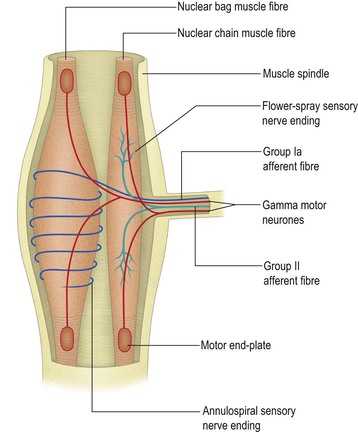



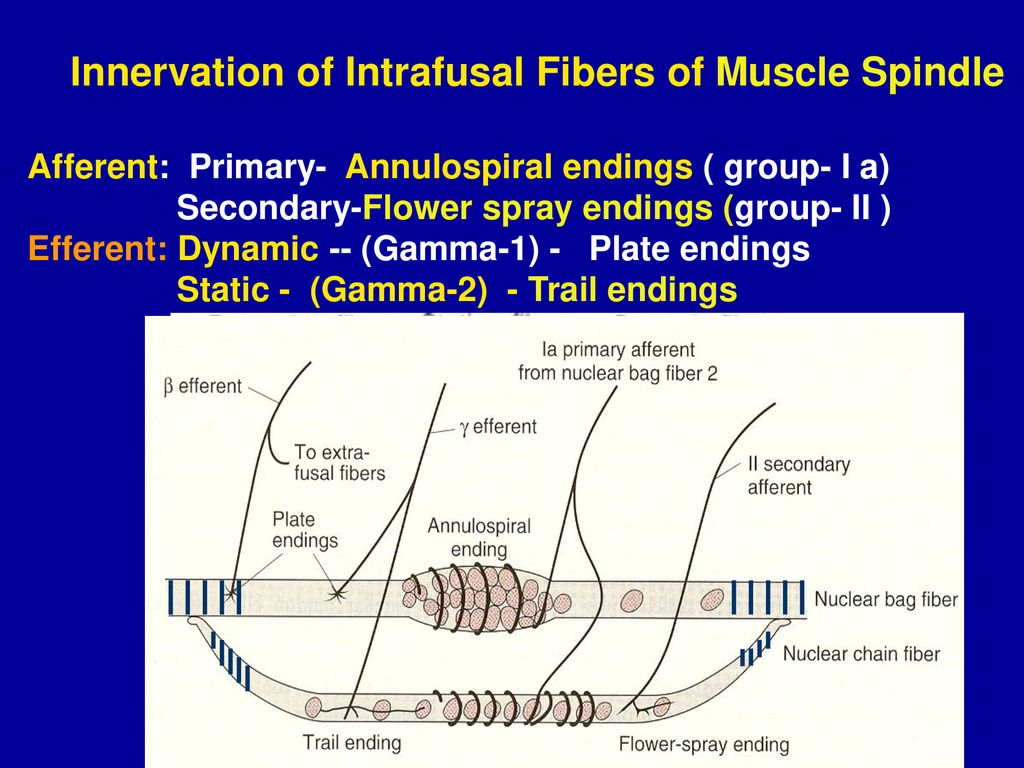

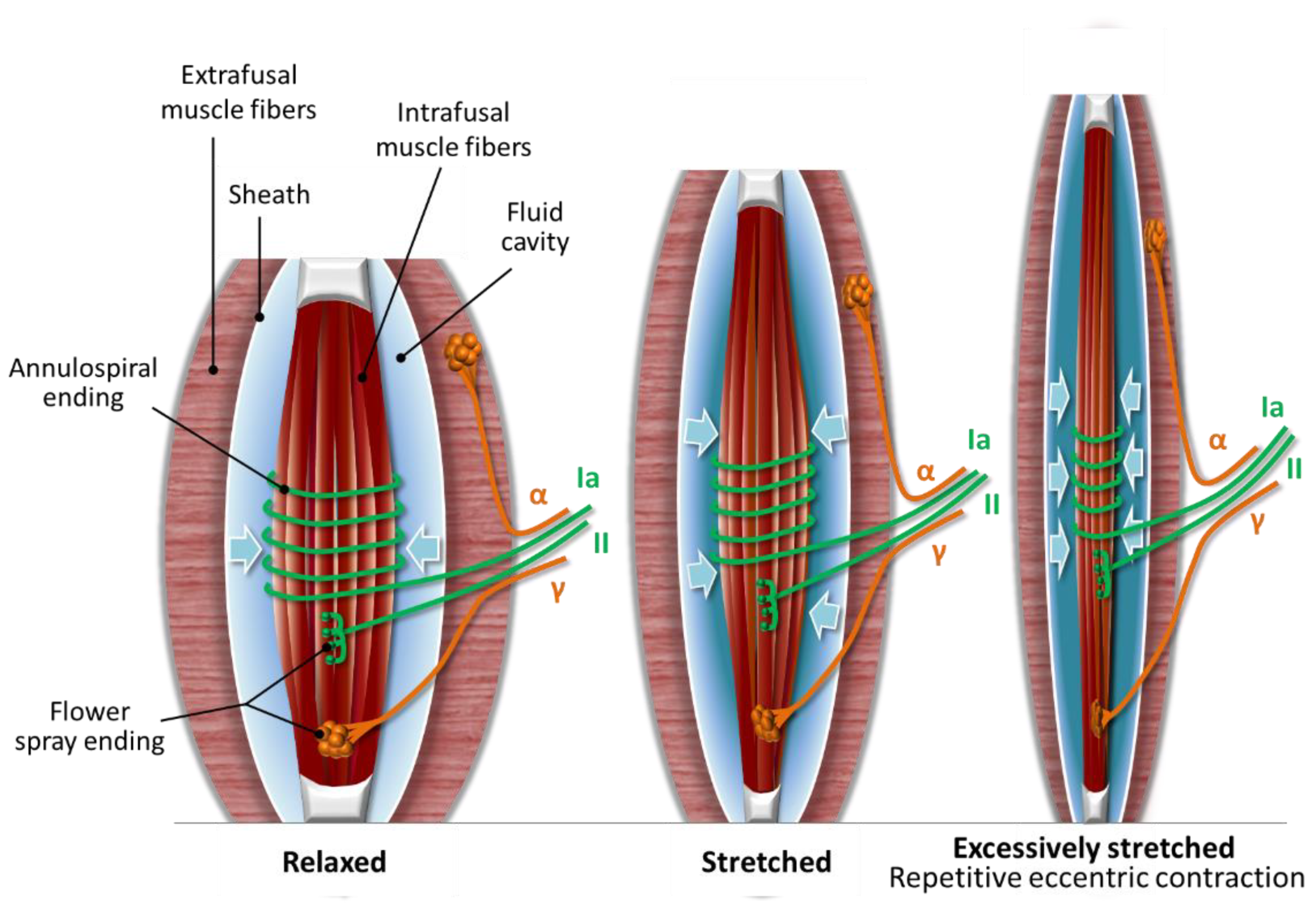







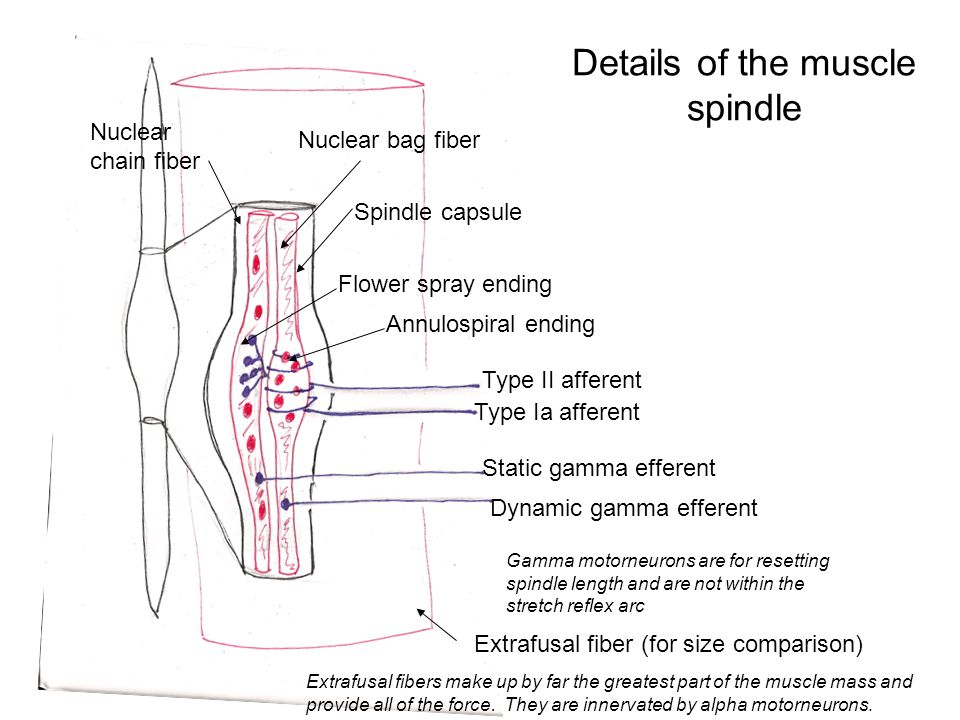



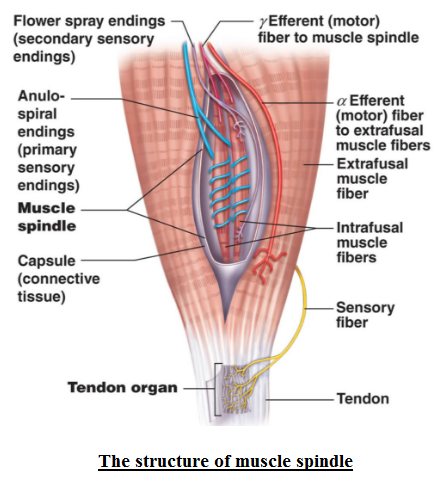






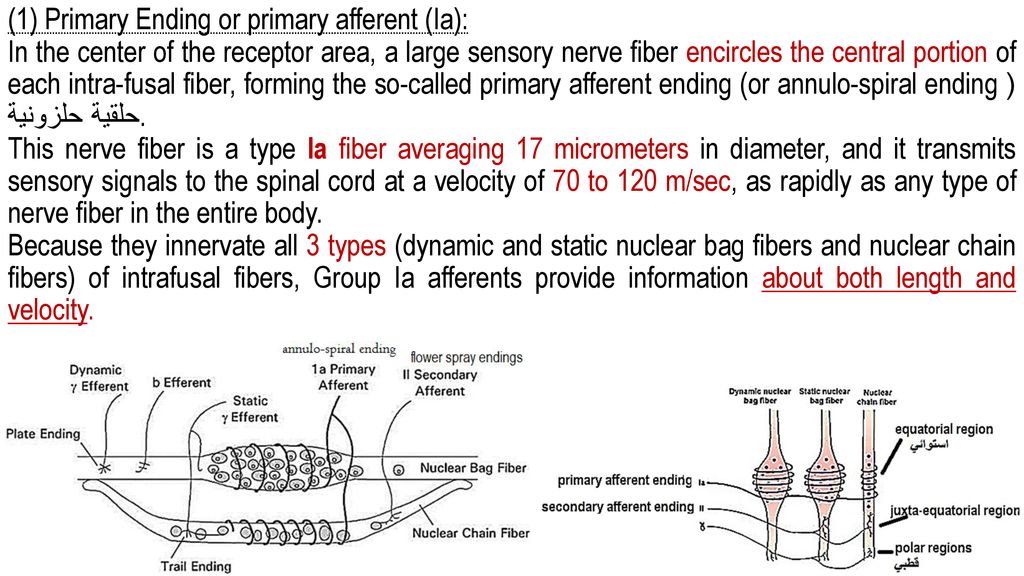






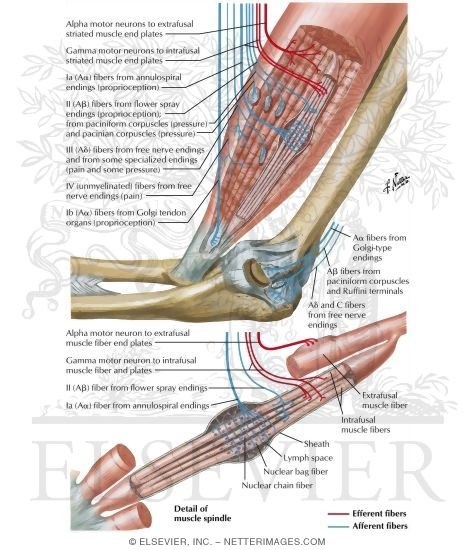


Post a Comment for "Annulospiral And Flower Spray Endings"